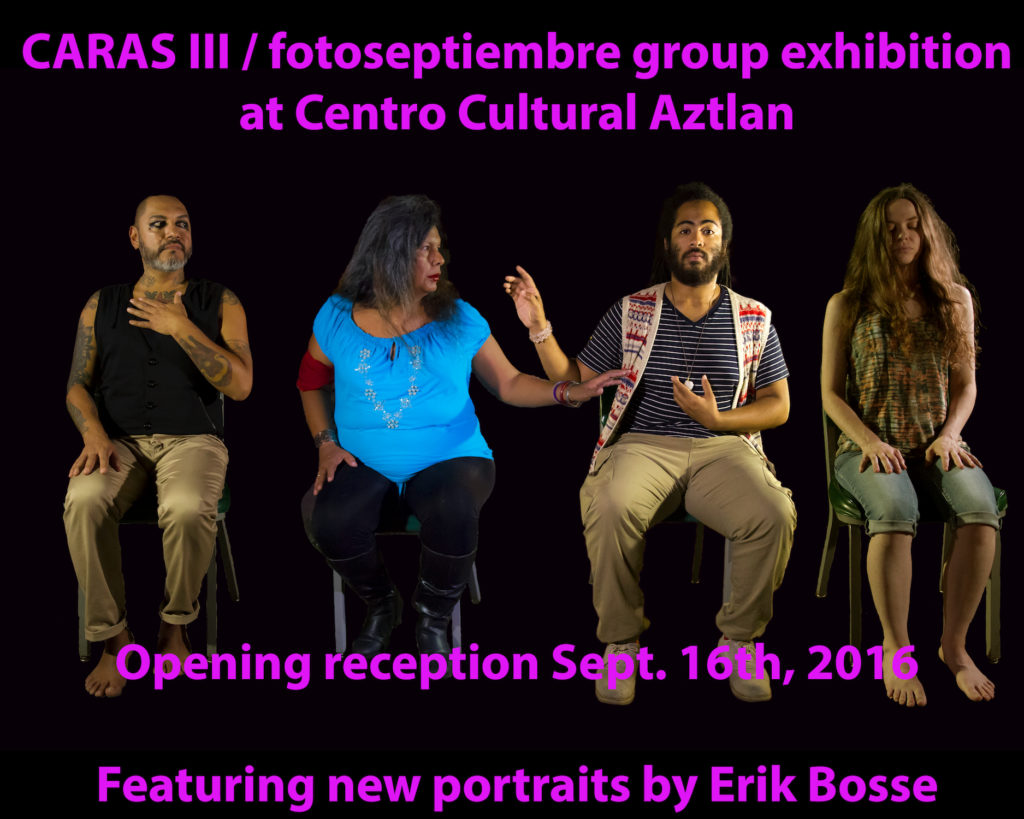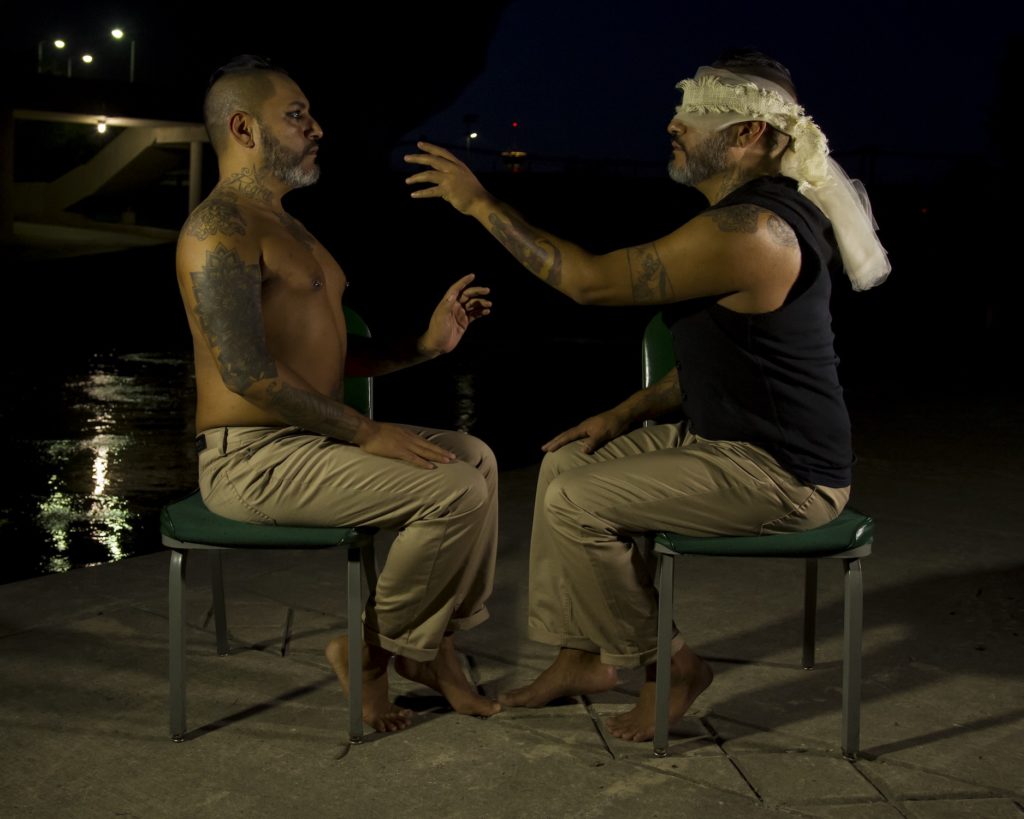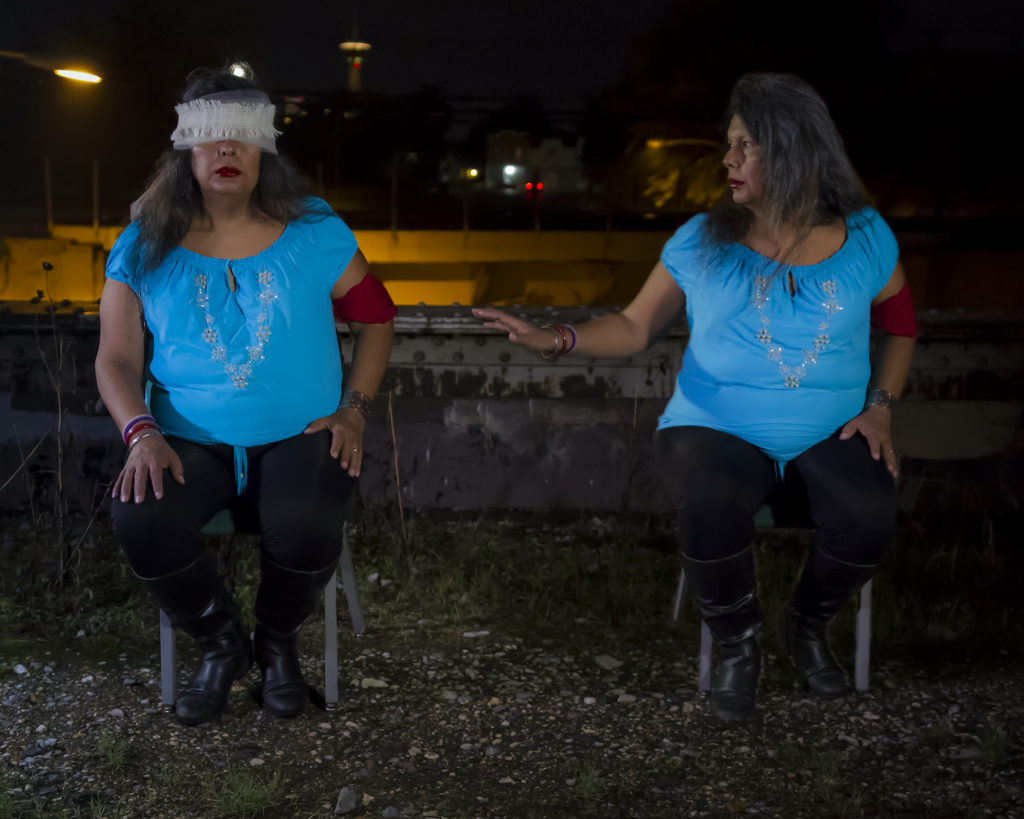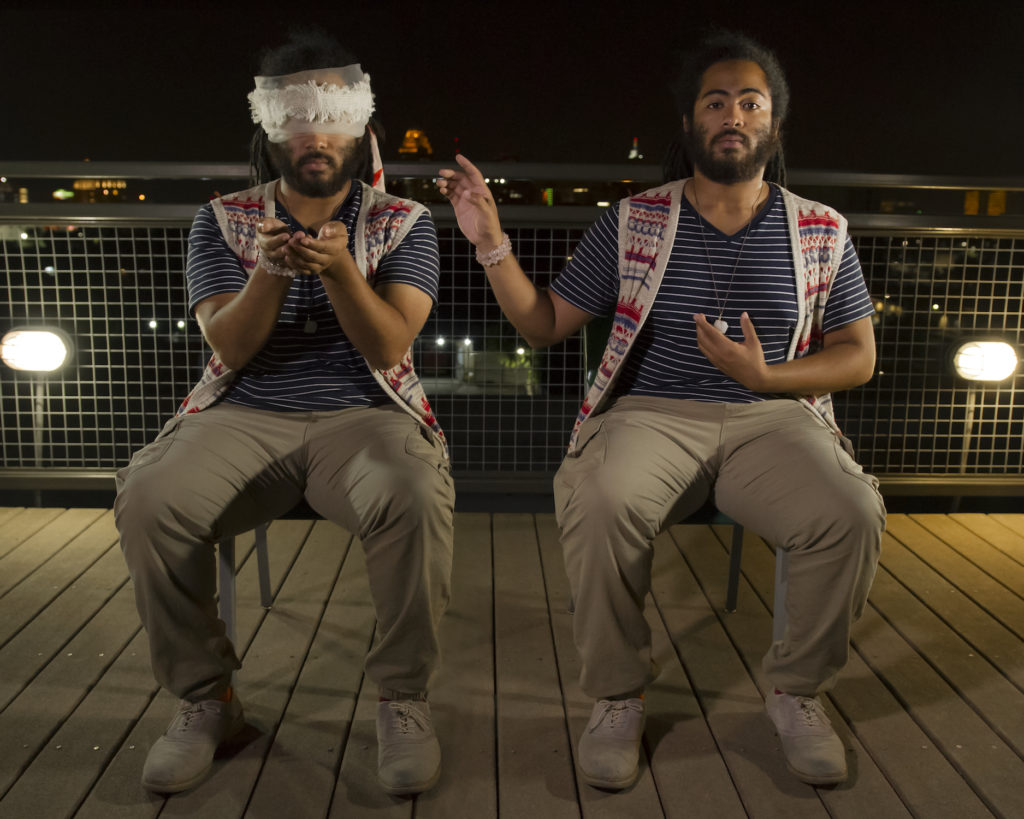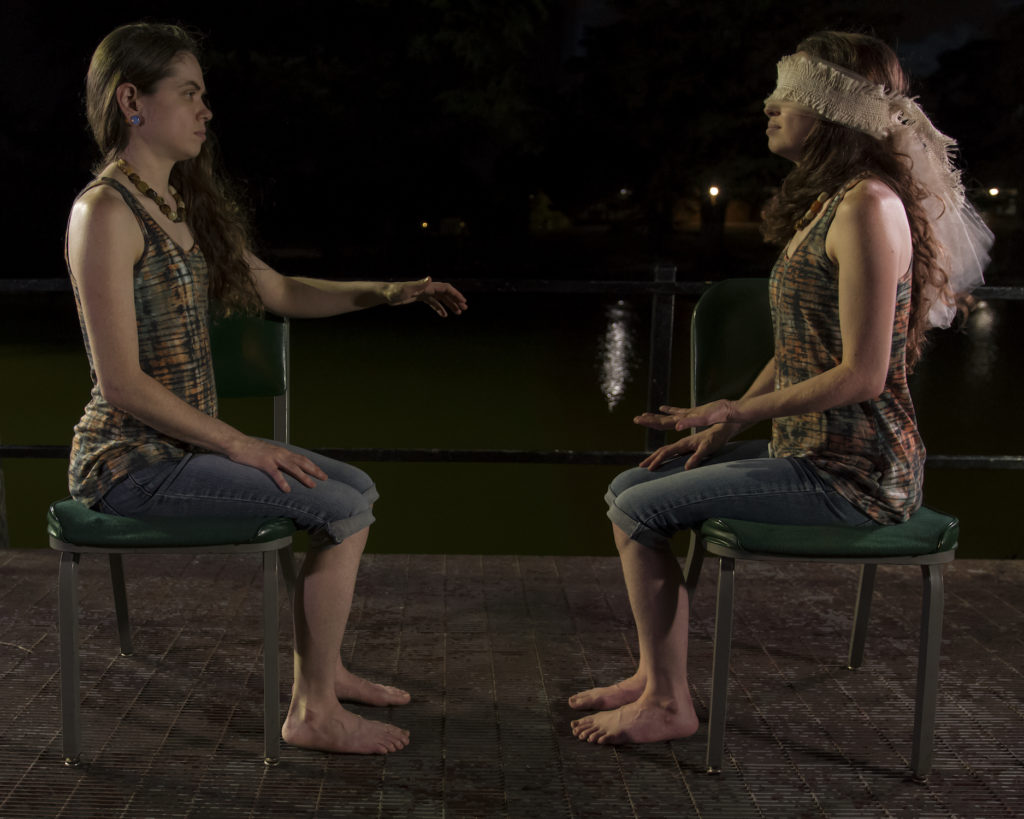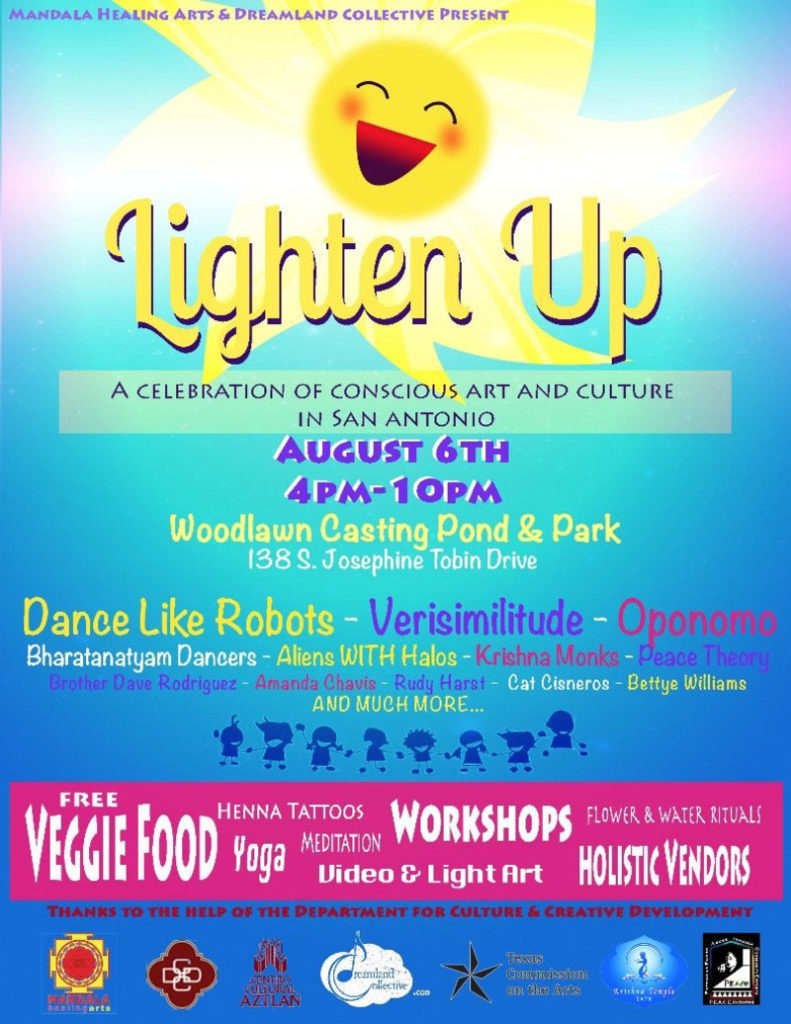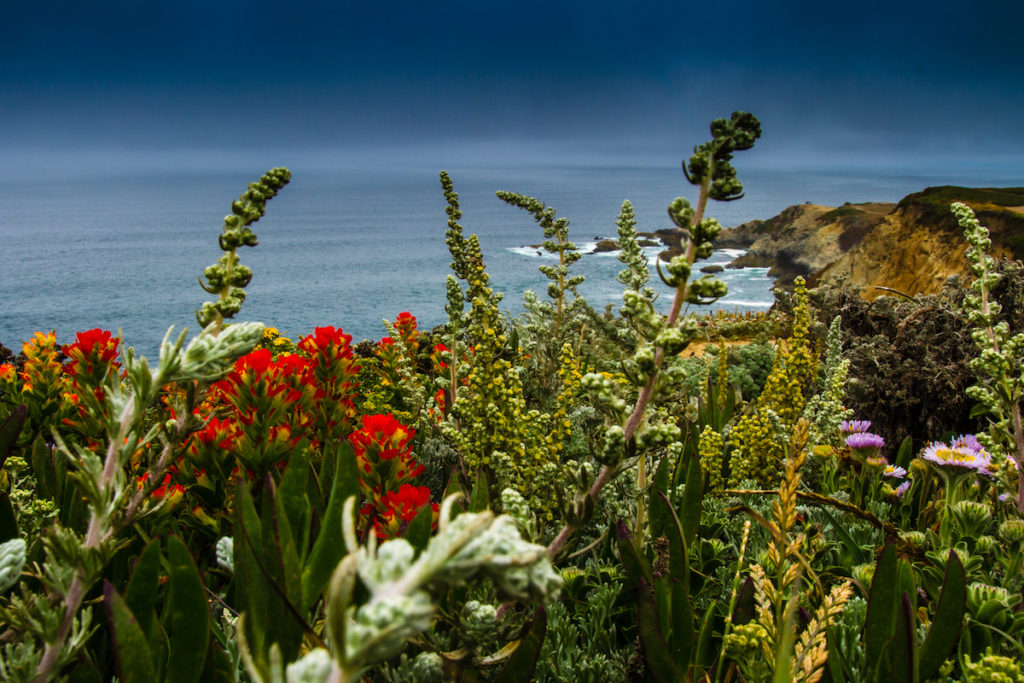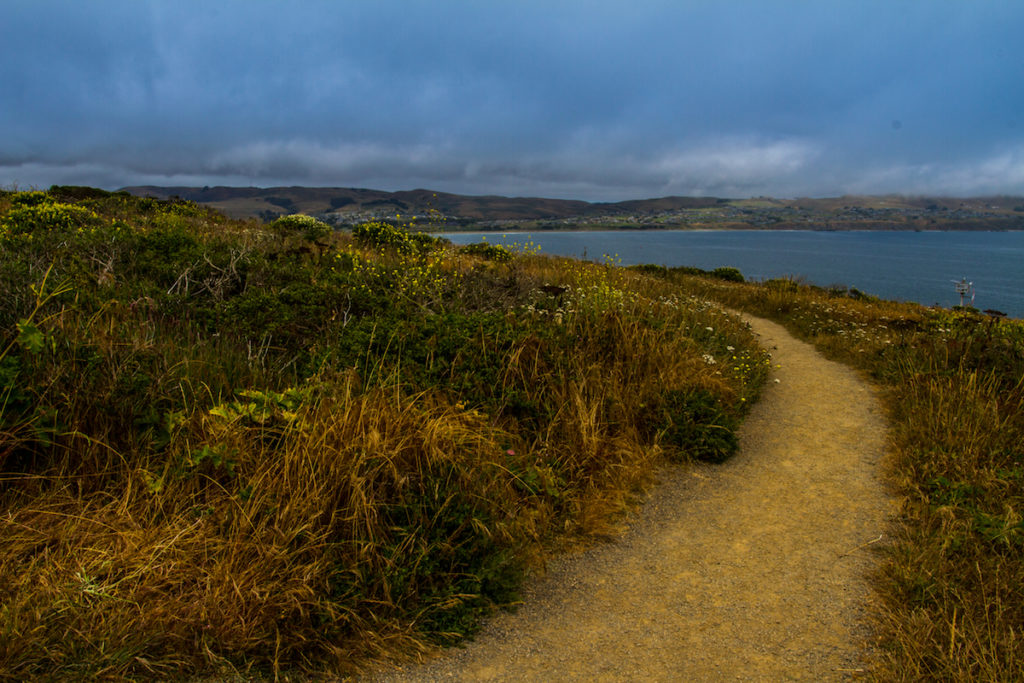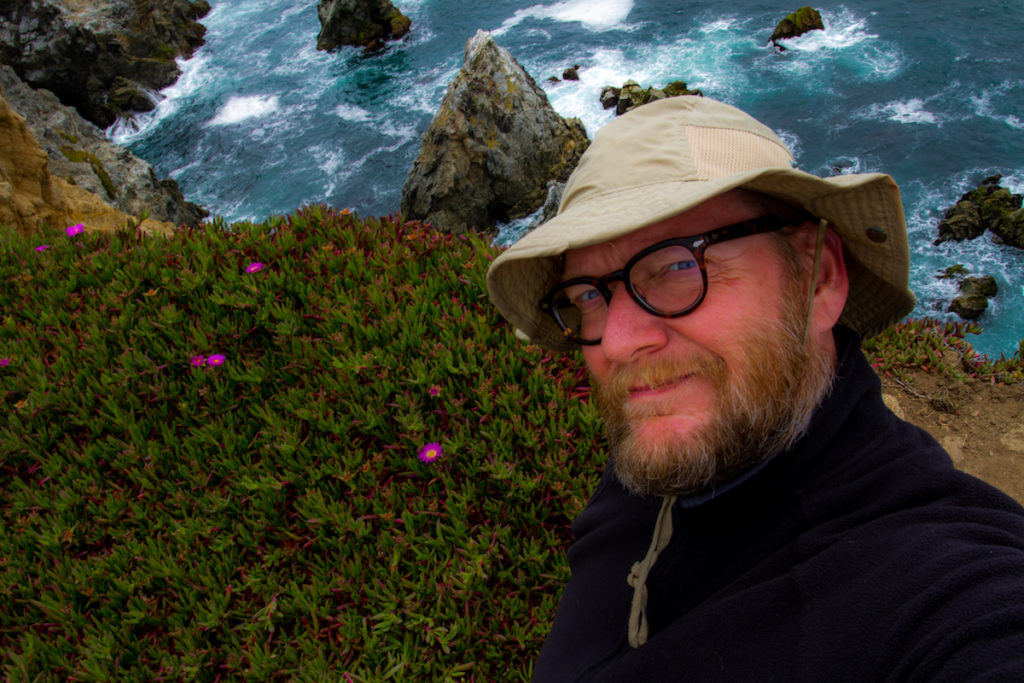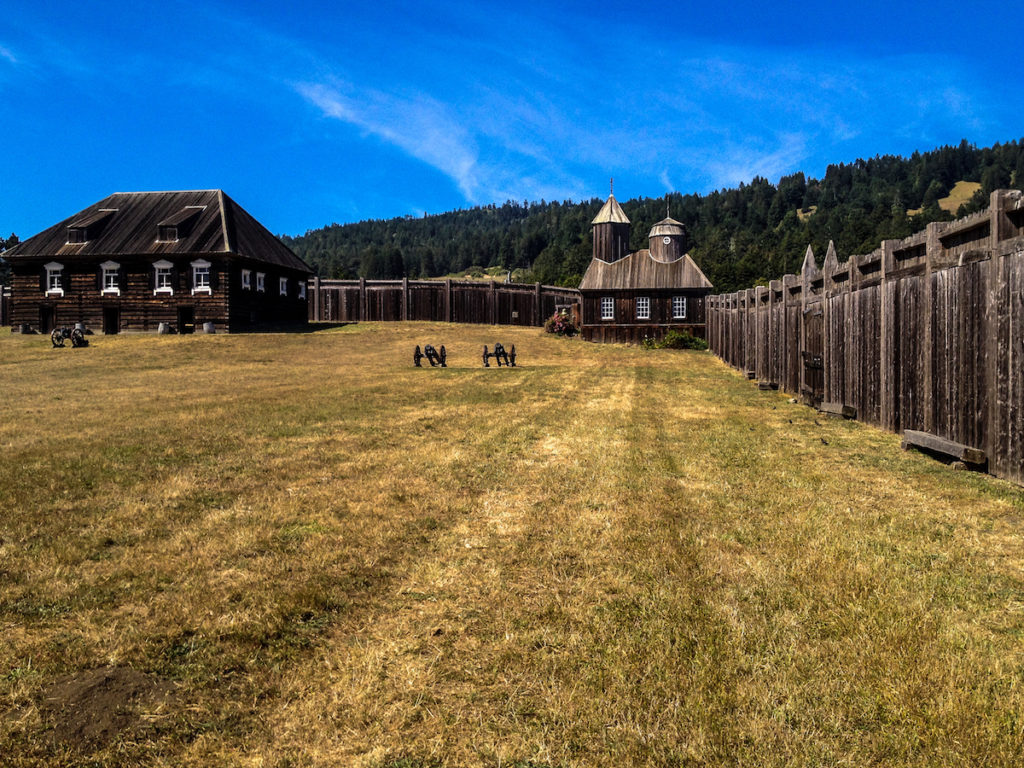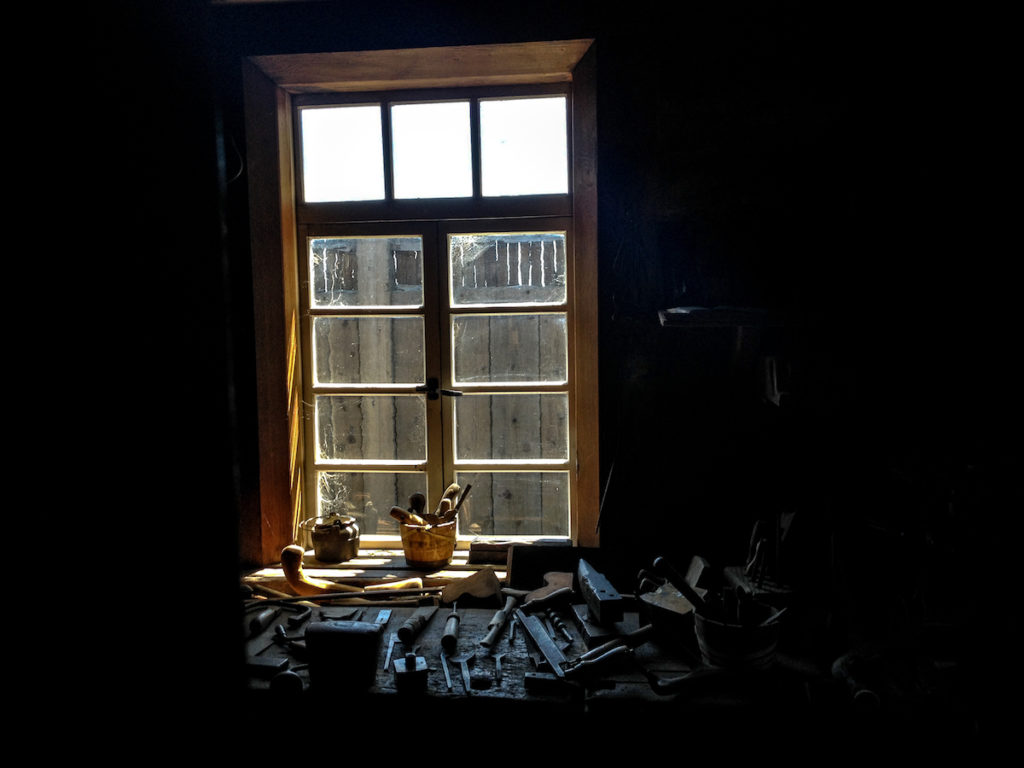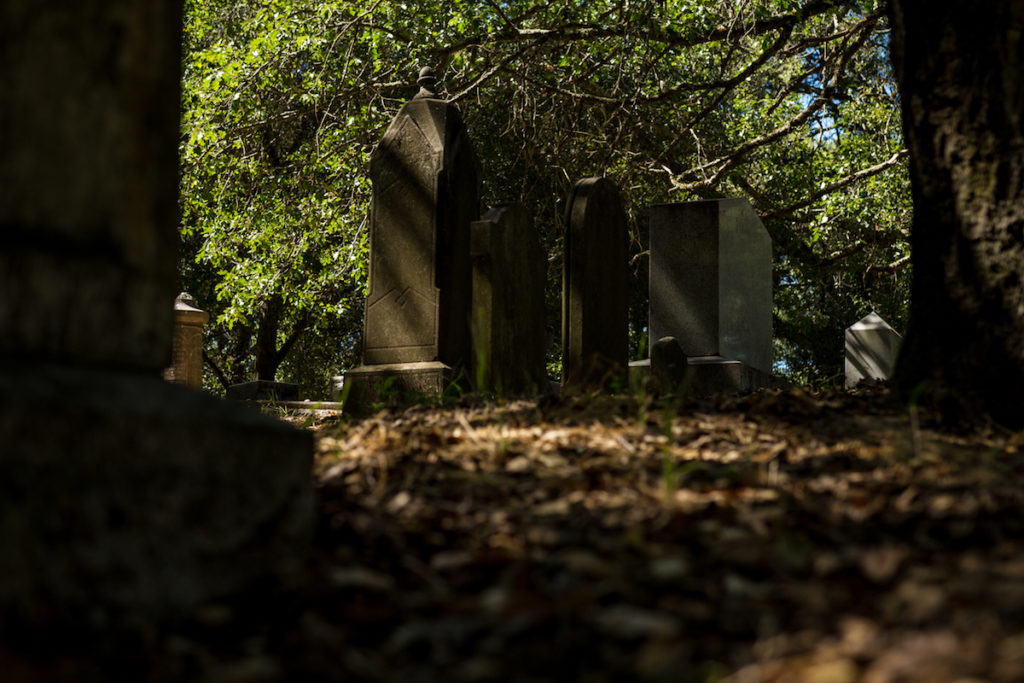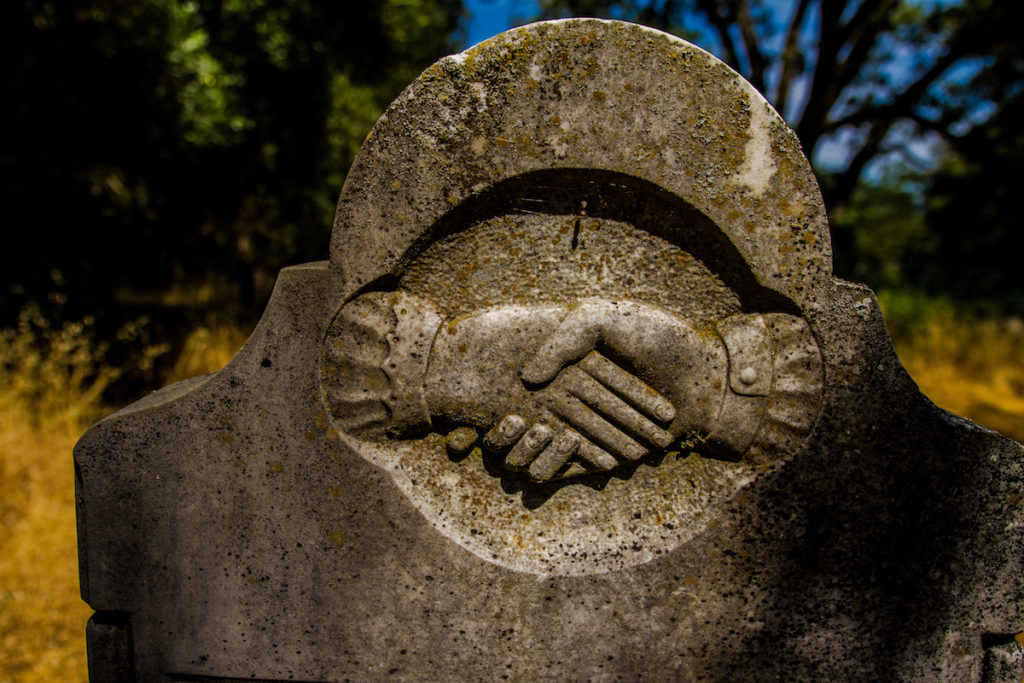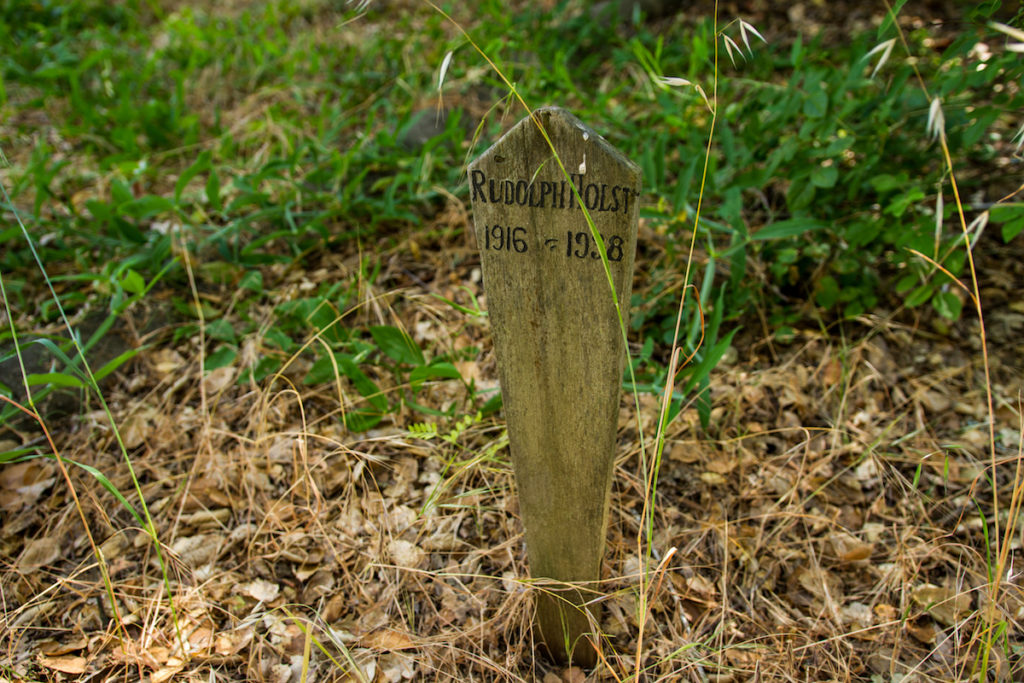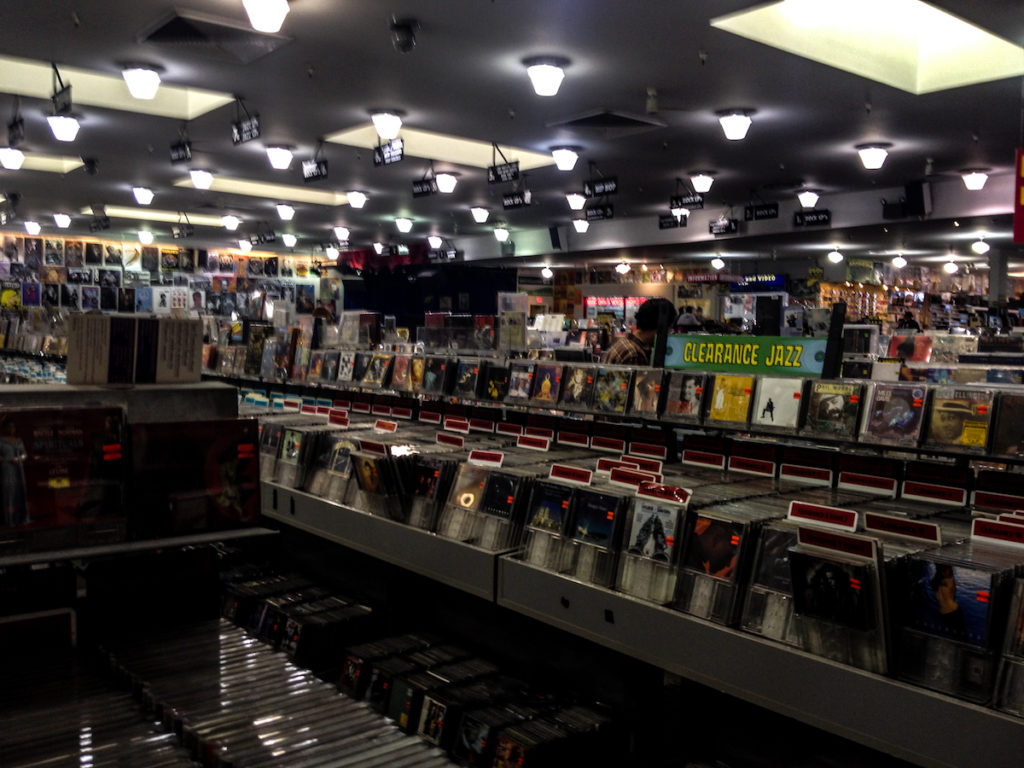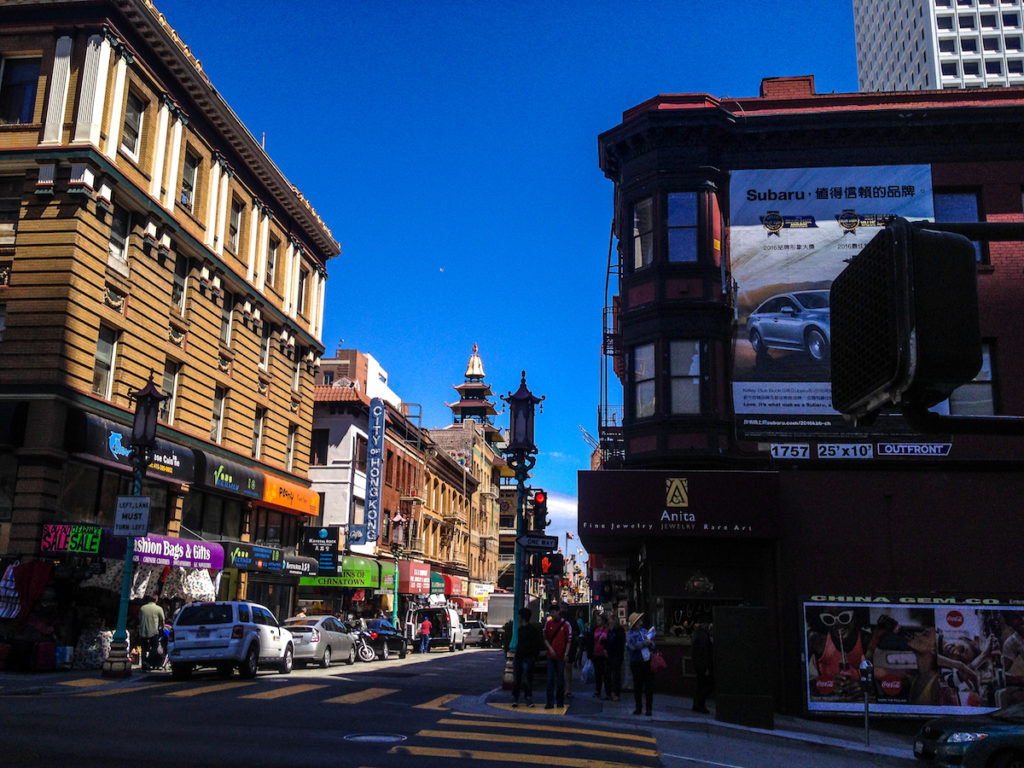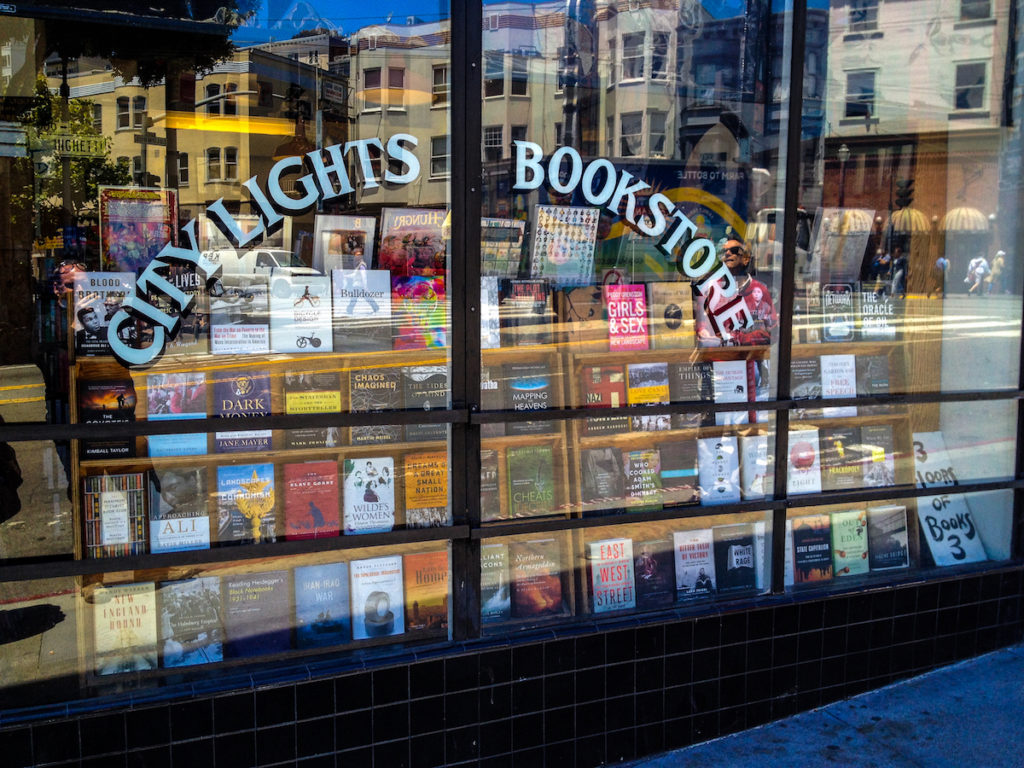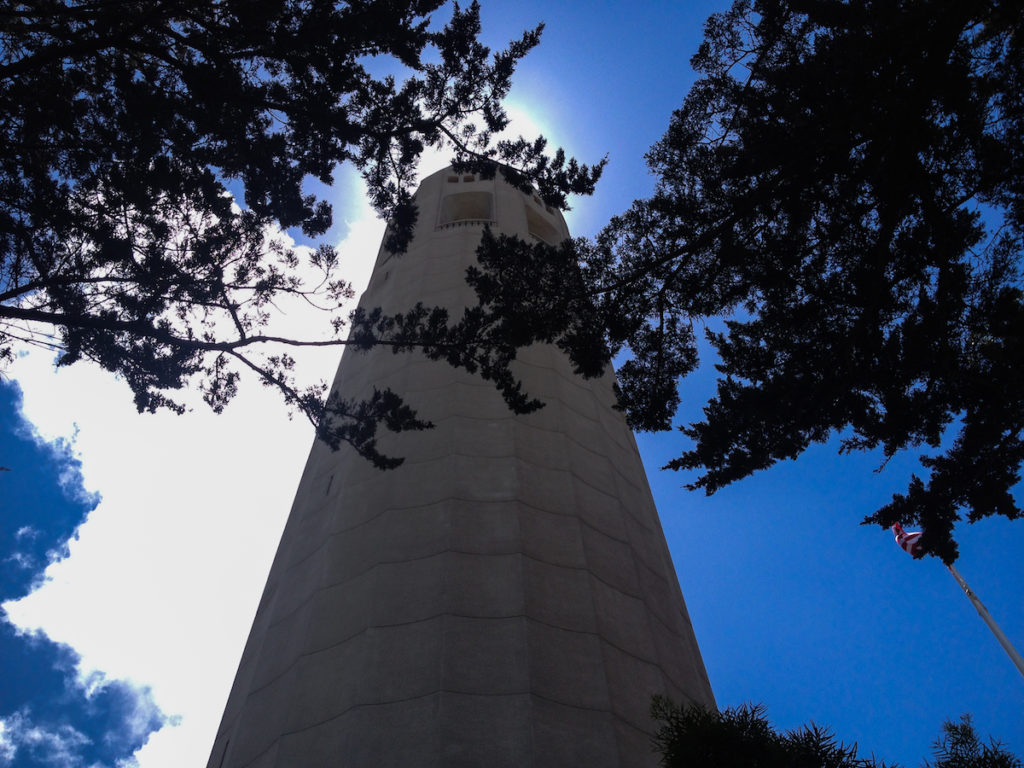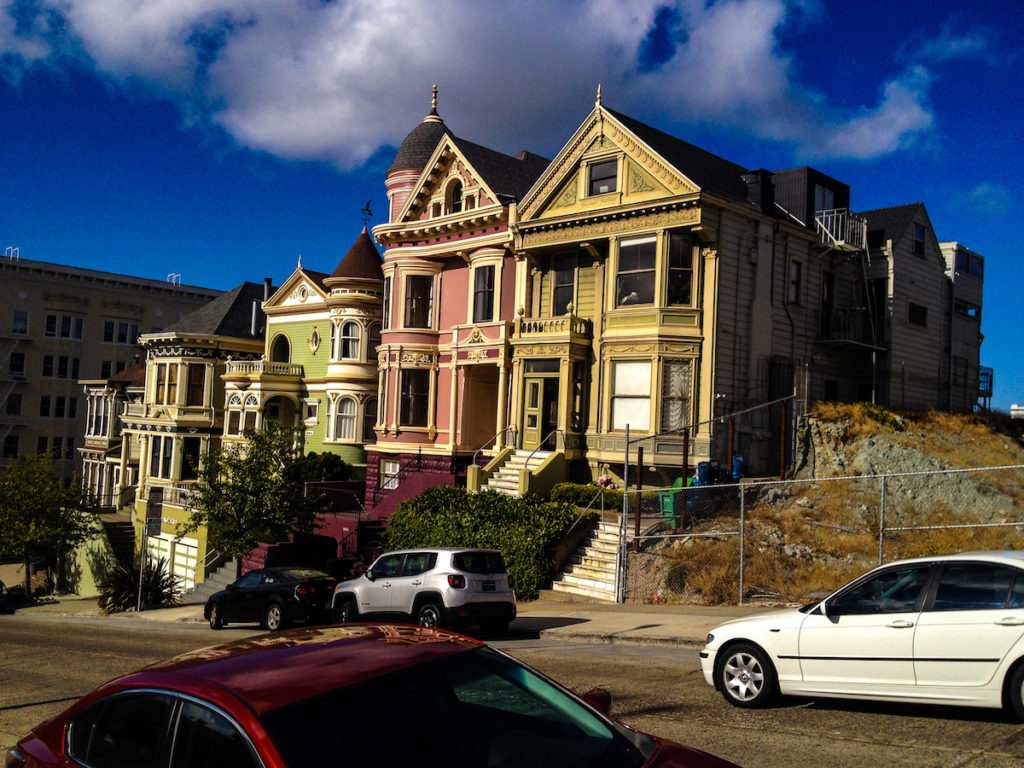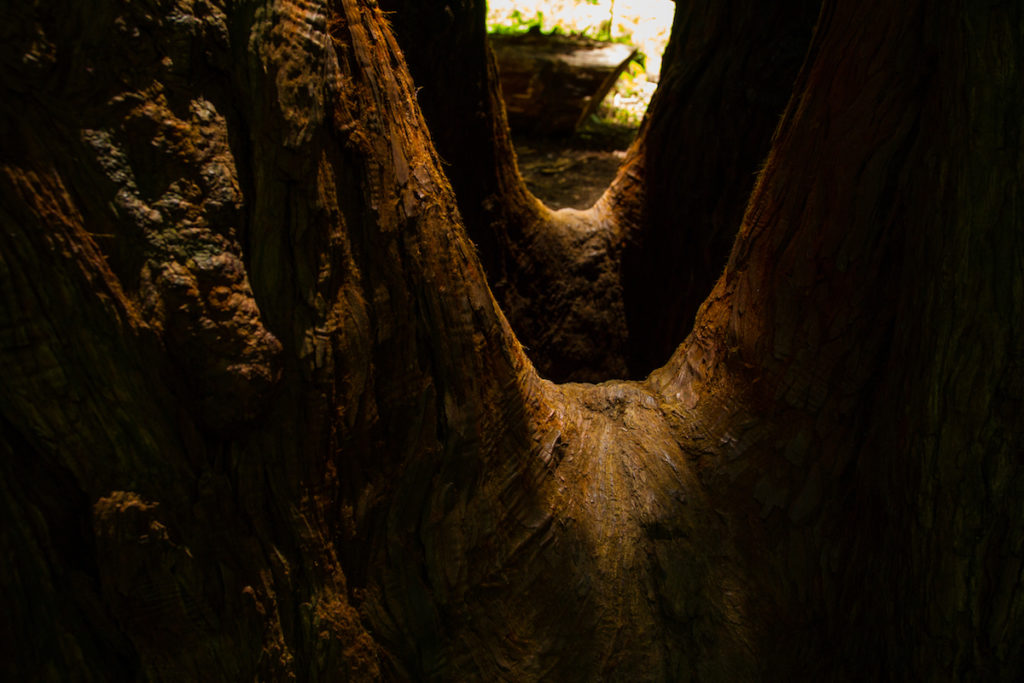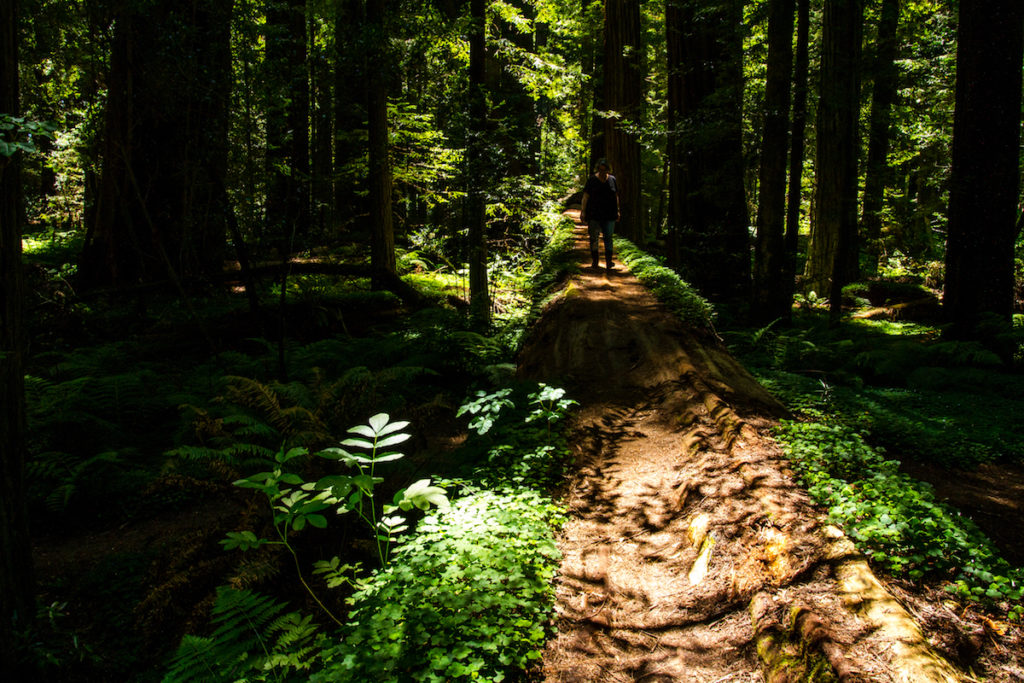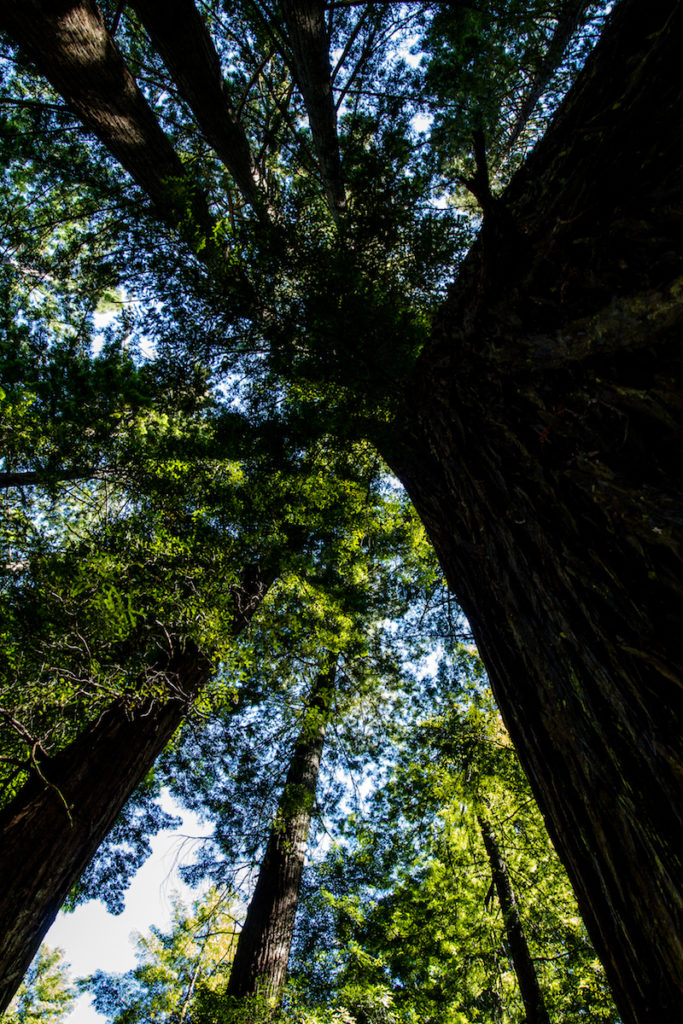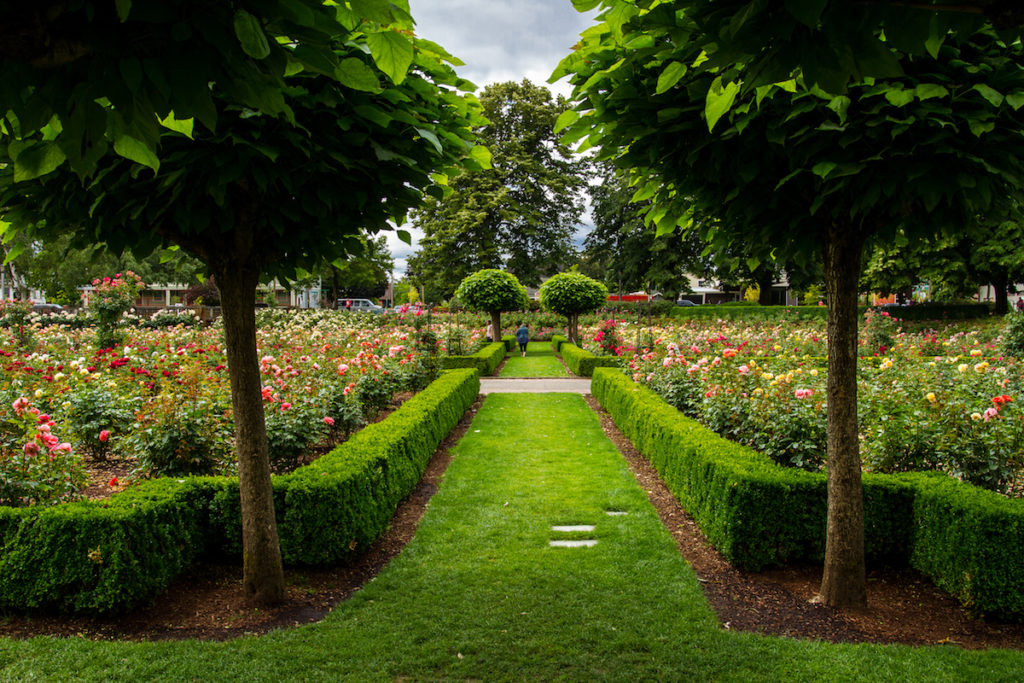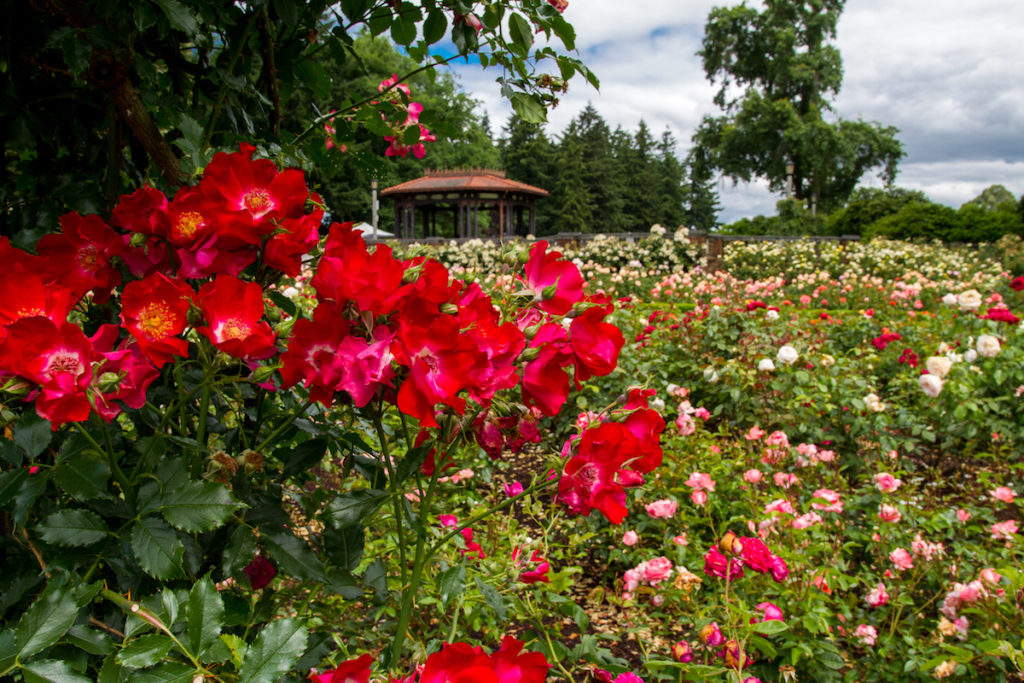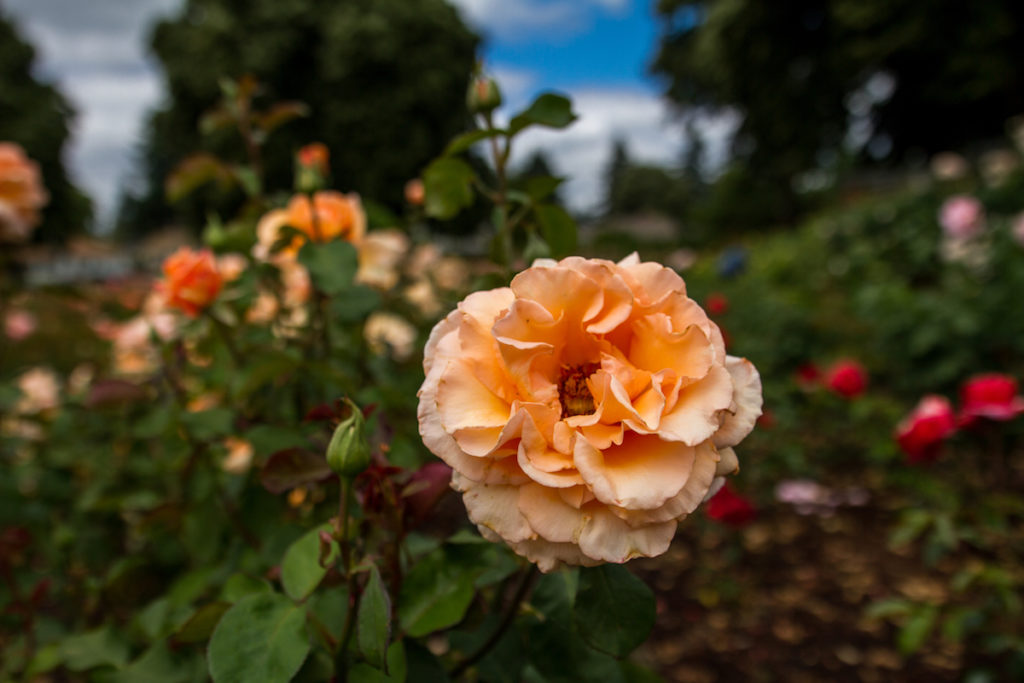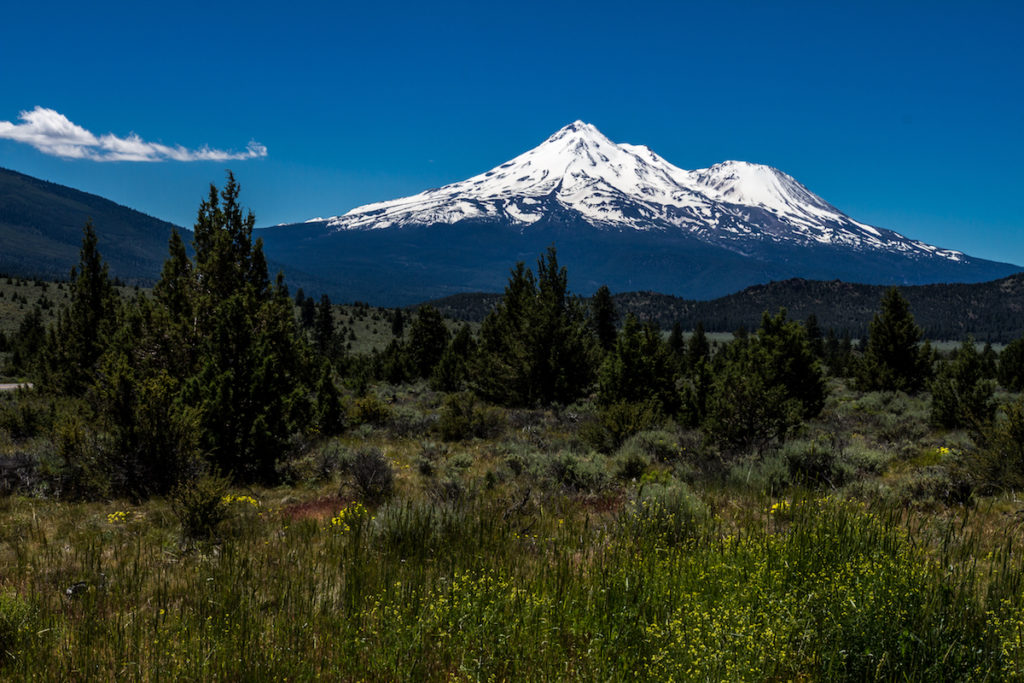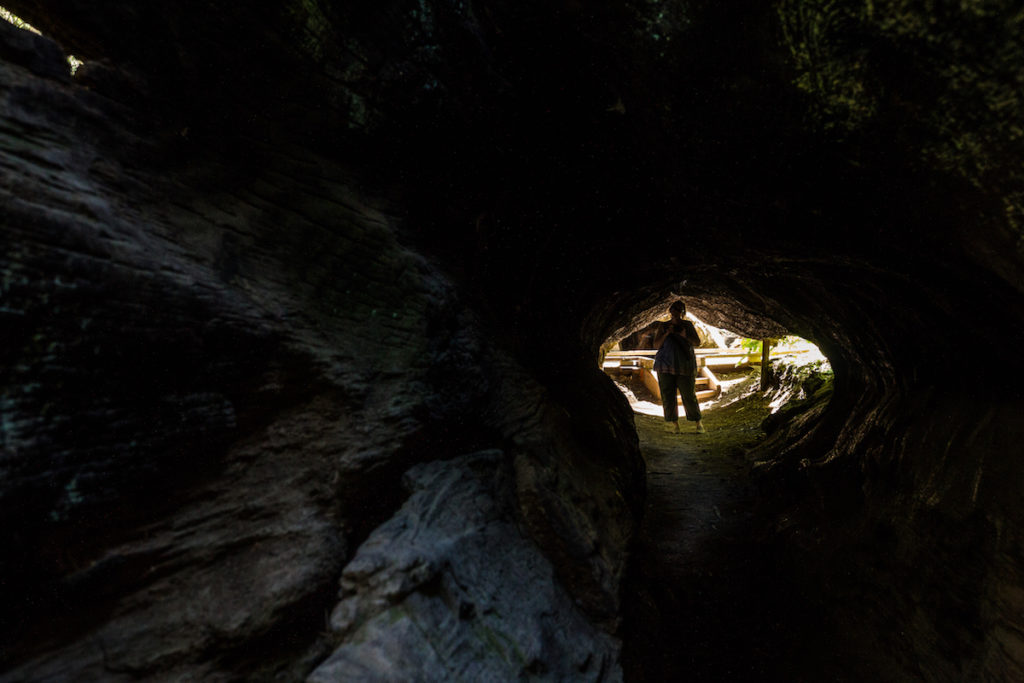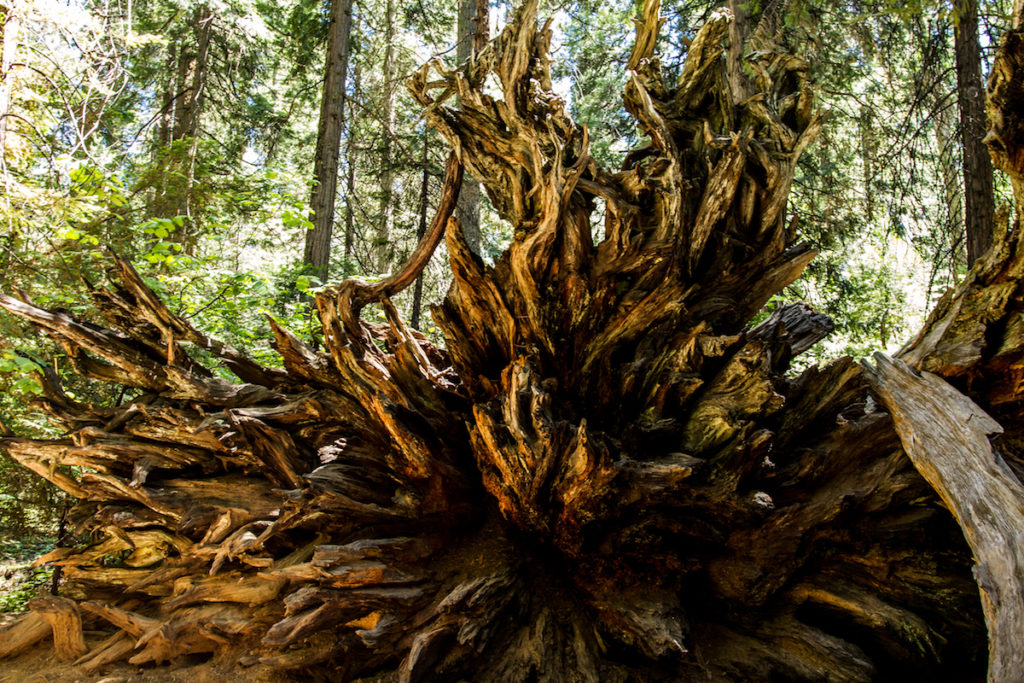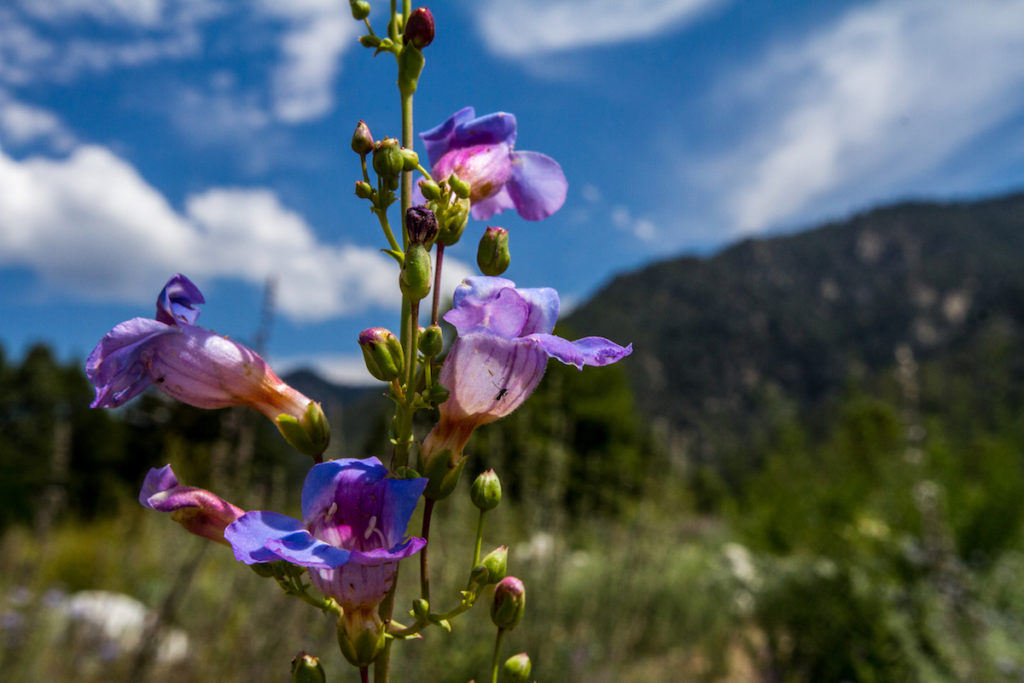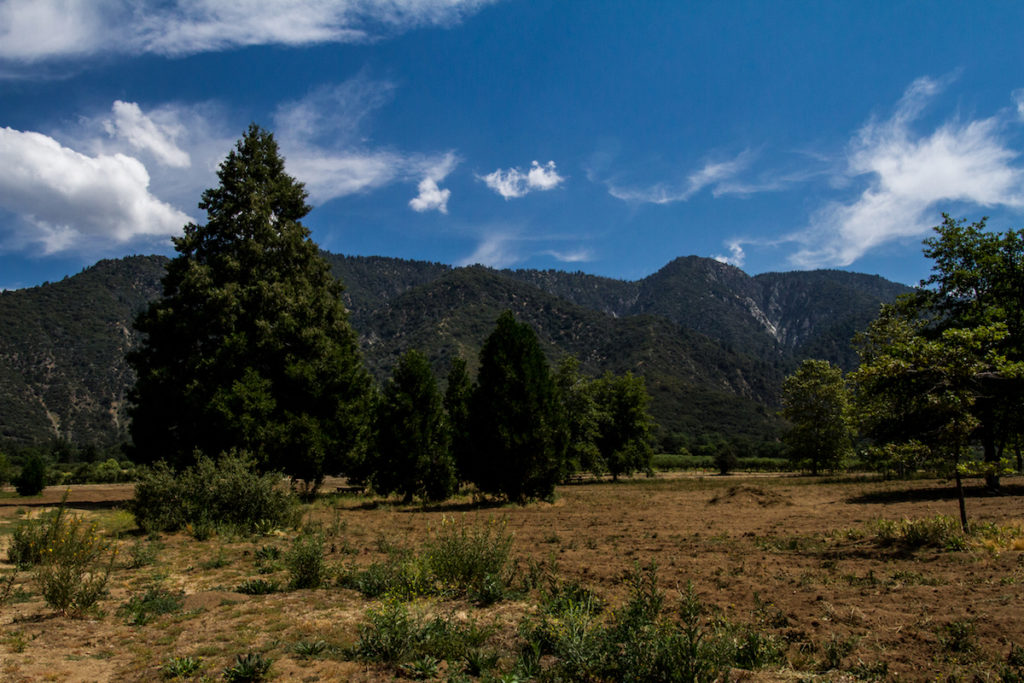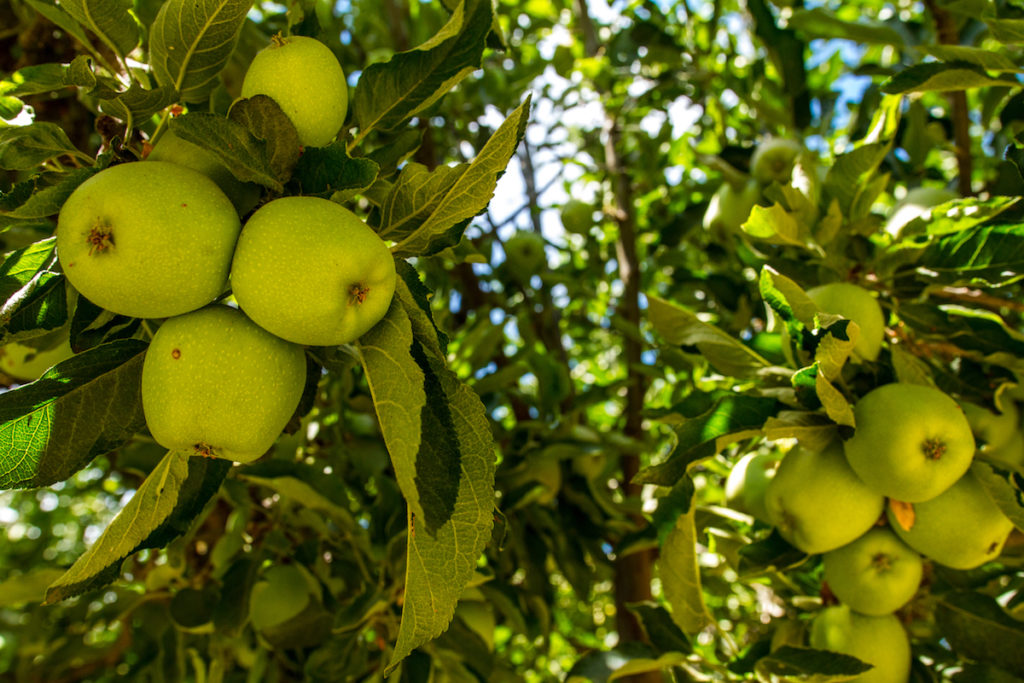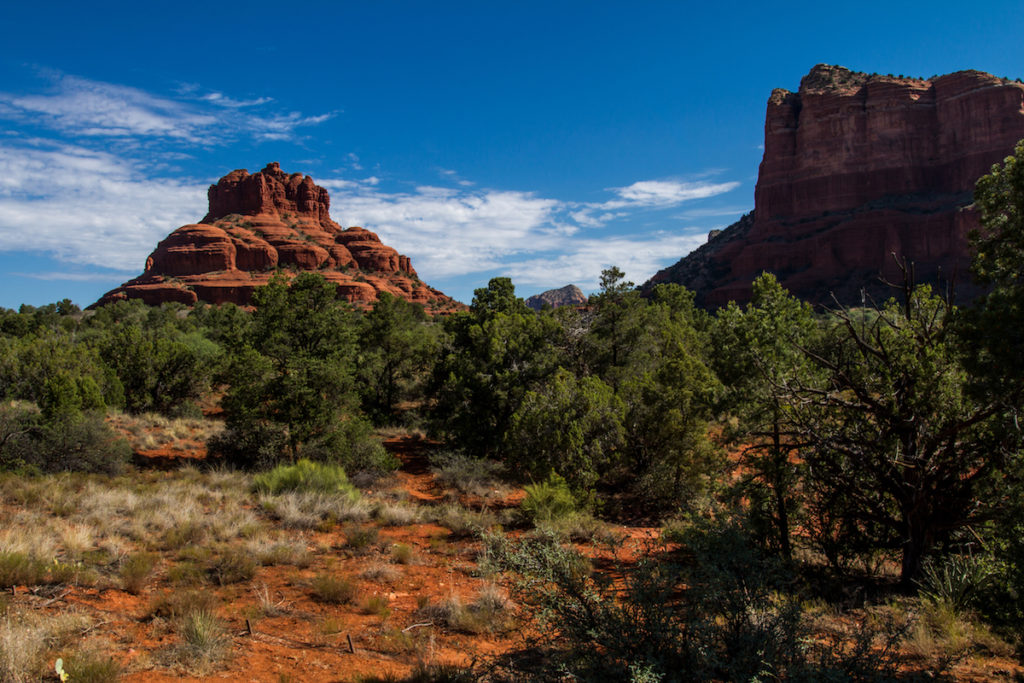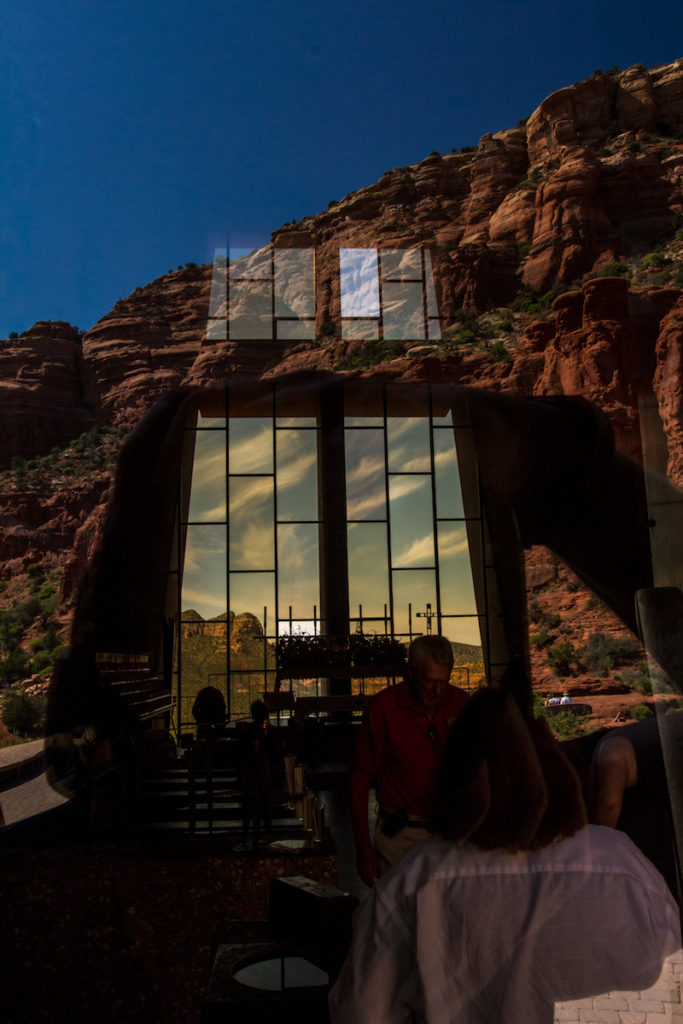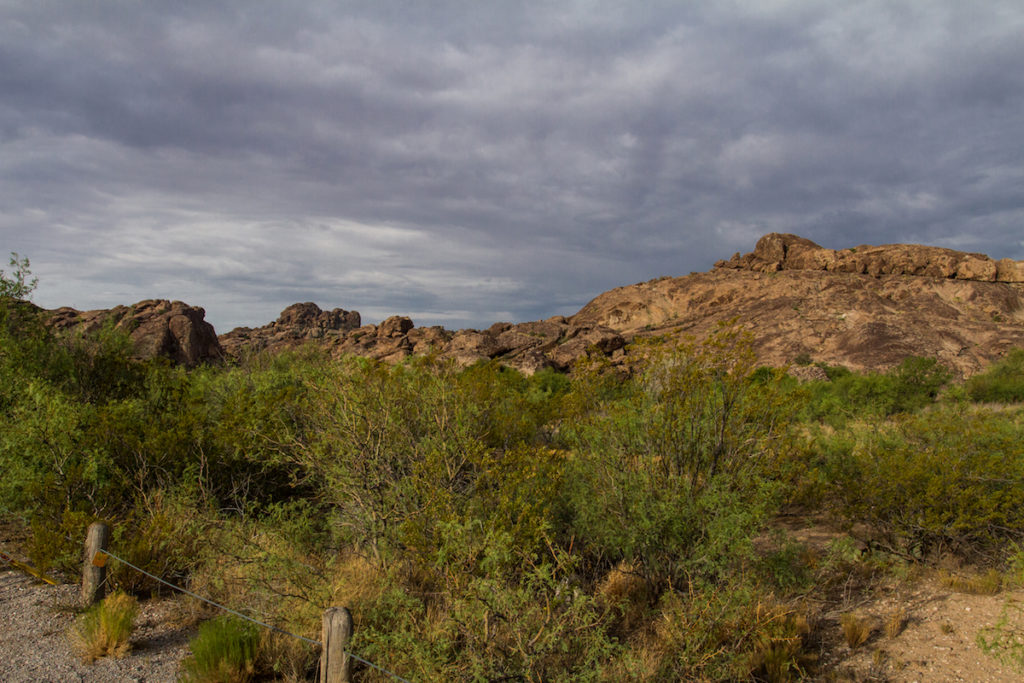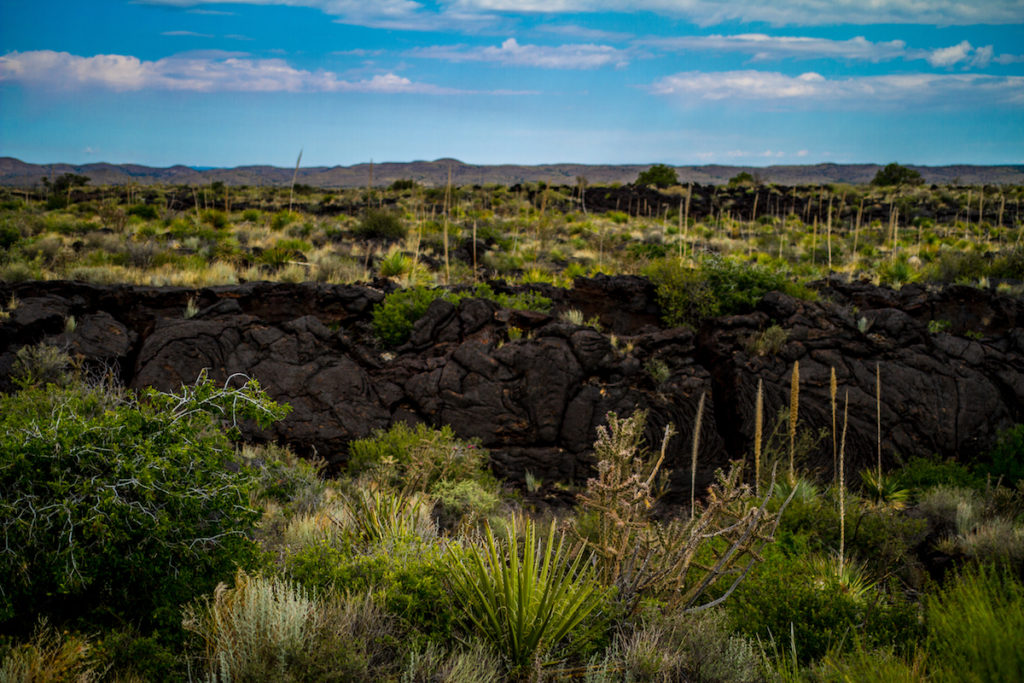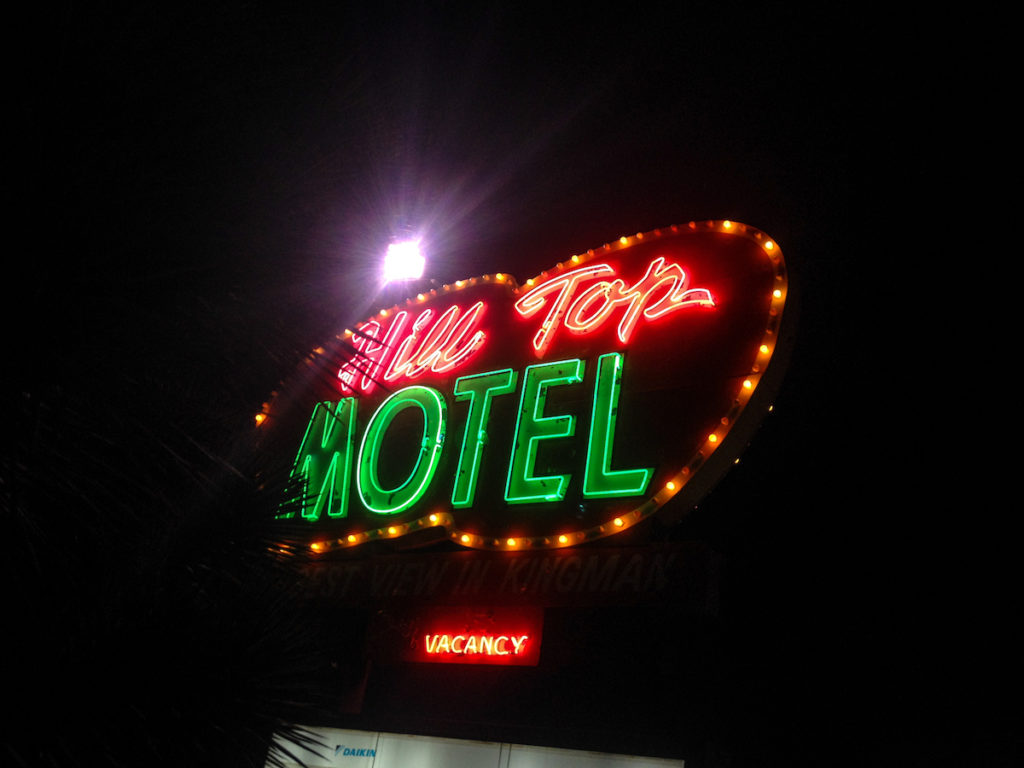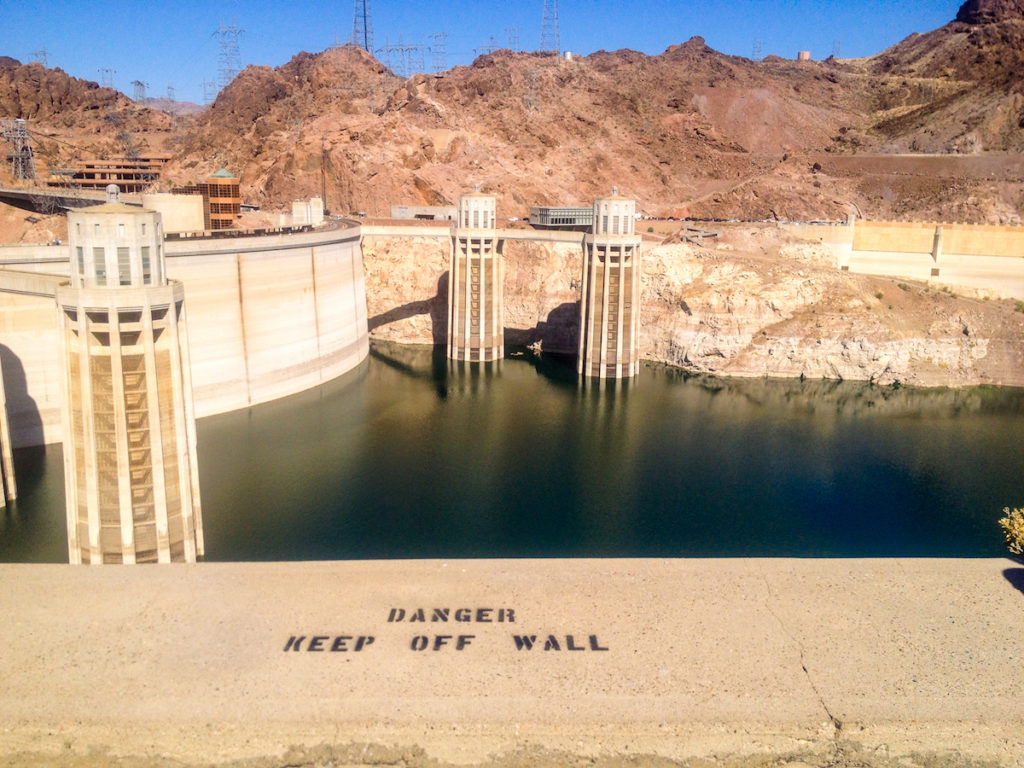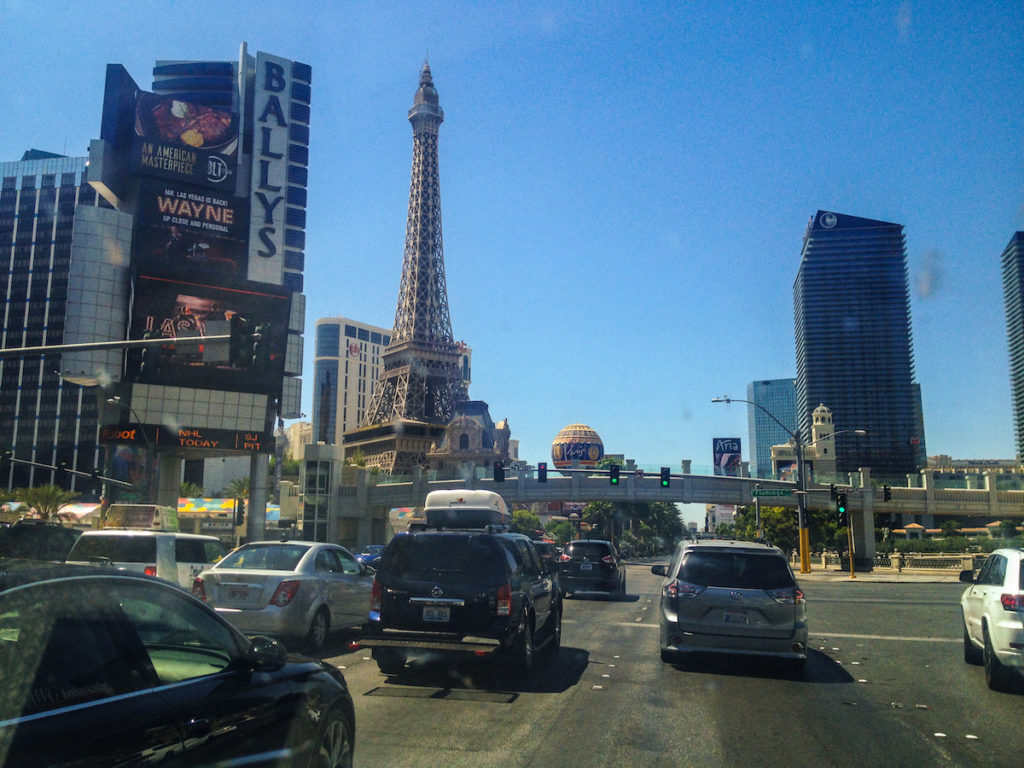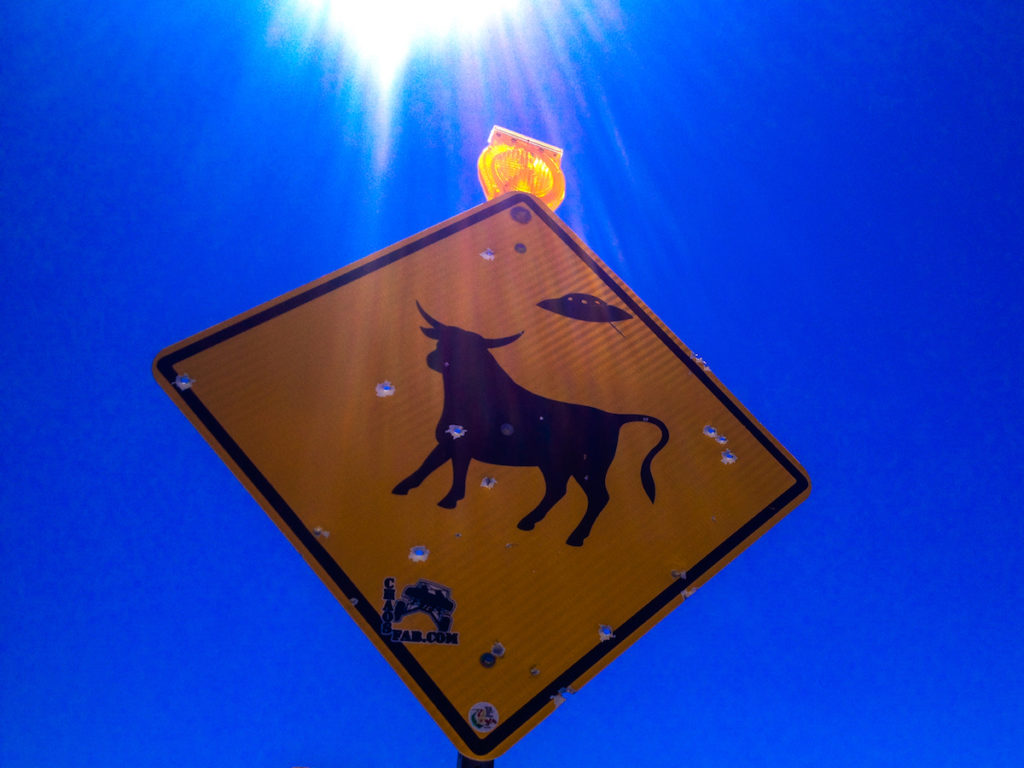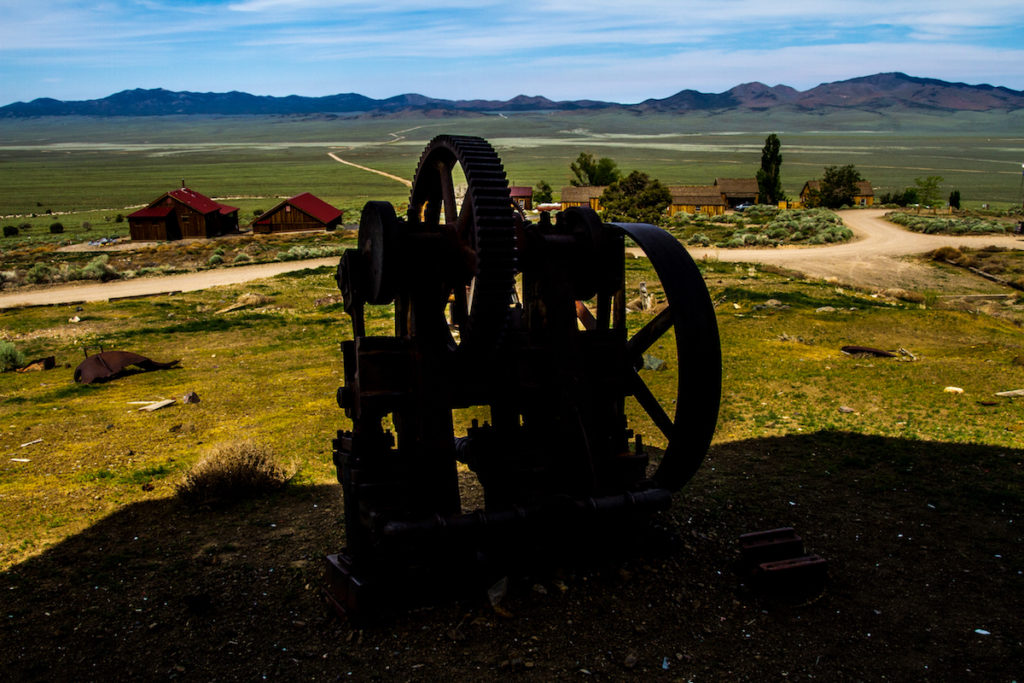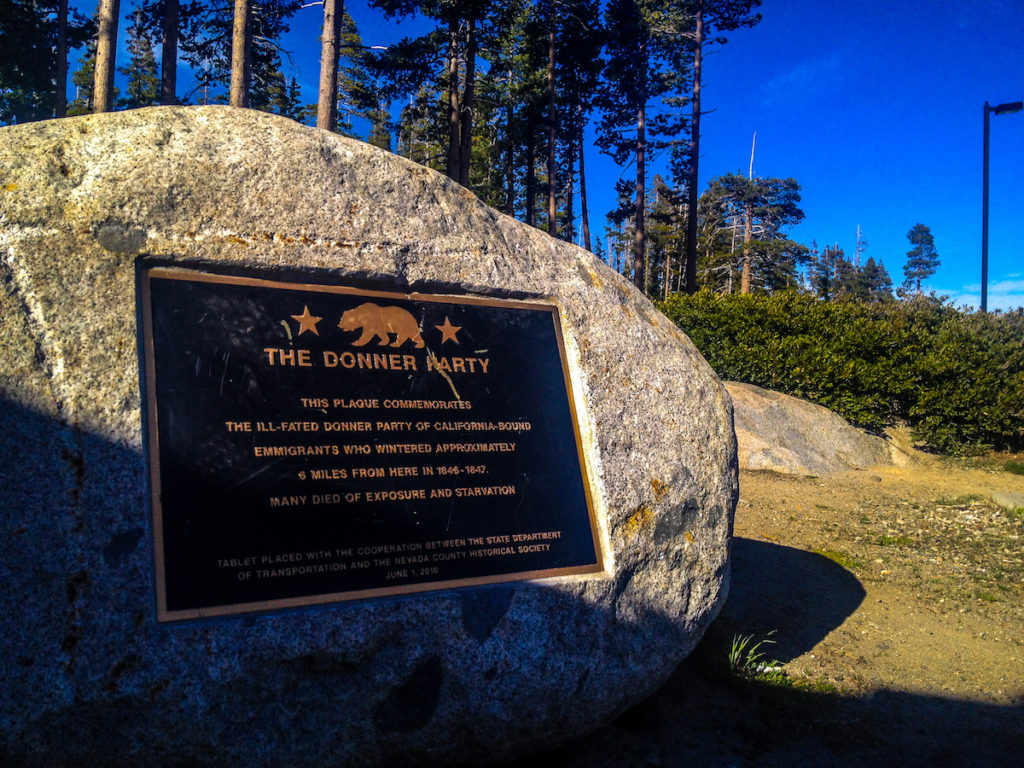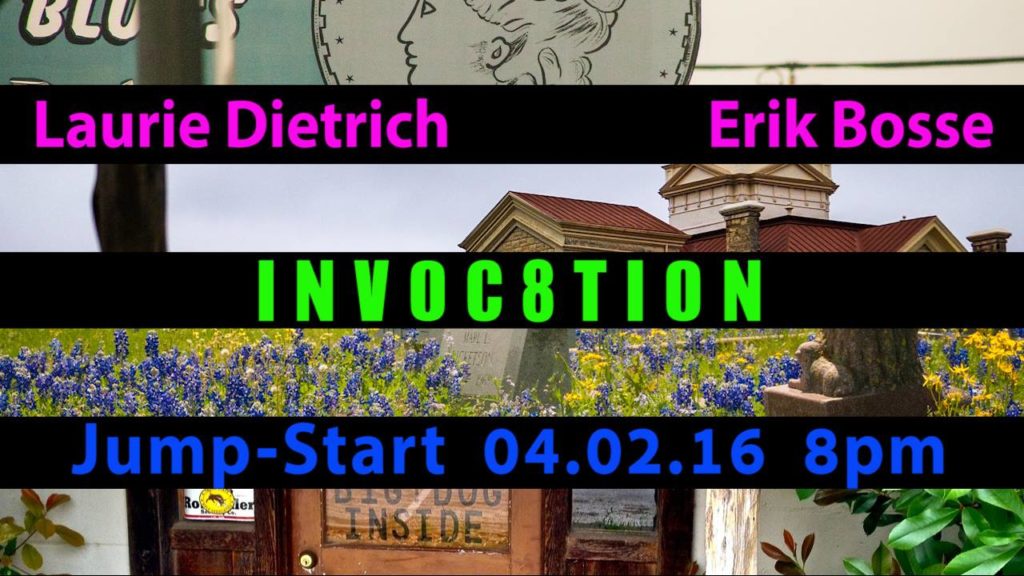Several months back I decided to start getting serious about submitting fiction out into the world. I got online and found some resources to hundreds of literary magazines (online and print). And for a month I submitted one short story a day.
I received the expected dozens of rejections. But I also found homes to two stories. One will come up in October or November (in a physical publication). And one came out in August / September in the online journal, Rum Punch Press. The story is “Nicer in First Class.” CLICK HERE to see it in situ on the site. [NOTE: I have removed the link, as it appears the Rum Punch Press has sadly gone out of business.]
Or, read it below:
NICER IN FIRST CLASS
Last summer I was flying back to Texas from California. I had driven out west on a road trip with an old friend, and he popped for my return passage. It was the first time I had flown since 9/11 and the increased airport security. After a series of tedious indignities I discovered, at the boarding kiosk, that the plane had been overbooked. But before I could voice my disapproval, I was informed that the airline would happily upgrade me to the first class section.
There is something wonderfully nostalgic about the Burbank Airport, which I believe is officially the Bob Hope Airport. The deco charm is still fresh about the concourse and boarding areas. As for the final boarding, passengers cross the tarmac like in a Humphrey Bogart movie. I moved with a knot of passengers up the impromptu staircase which had been rolled alongside my plane.
They had apparently already seated the first class passengers, because when I entered through the flank of the DC10, the stewardess, upon glancing at my ticket, flashed me a genuine smile and cut me from the herd. I was gently escorted through a curtain into the front portion of the plane. She sat me down beside a tanned and bearded man in his late fifties. He looked up at me with a pleasant nod, used his boarding pass as a bookmark, and placed his Peter Hathaway Capstick Reader into the little pouch on the back of the seat in front of him. He introduced himself as Gerald Westdale, but I should call him Gerry.
“So, what line are you in?” Gerry asked, stroking his beard.
I made some vague mention of independent film.
“Oh, I’ve heard all about you Texas movie boys!” he responded with a grin. “My nephew works over at Lions Gate. He says no one fucks with the Texans. Uncle Gerry, the boy will tell me, you don’t cross the likes of Tommy Lee Jones, Bill Wittliff, even Robert Rodriguez, ’cause they’ll fuck you back harder’n a heifer.”
I tried my best to convey a noncommittal smile.
“Boy don’t know much about the cattle business,” he added. “But he’s passionate.”
I asked what Gerry did for a living.
“Ought to be retired,” he said. “Least that’s what the ex-wife keeps telling me. But I can’t just sit around playing cards or teaching myself golf. Nope. I broker large equipment for small outfits. The oil business, you know. Used to be wide open territory here and abroad, especially back in my daddy’s day. Now I’m mainly working for smaller concerns drilling Texas, New Mexico, and some in the Gulf.”
Once in flight, with the “fasten seat belts” sign off, Gerry made sure we were both well taken care of with champagne. “The only time I drink champagne,” he told me with a declarative simplicity as the stewardess filled our crystal flutes, “is when I’m airborne.” The two of us clinked our glasses and took a sip. Gerry looked out his window and then turned back to me. “What else would you drink above the clouds? A beer or bourbon? Unlikely.”
Throughout the flight there was never a moment when we didn’t have a drink in hand, and it was refreshed constantly, as if by magic. He did most of the talking. As a raconteur, he delivered the goods.
We both ordered the poached salmon. When our lunch arrived we fell silent as we ate. I discovered that one of the reasons to fly first class is that the aisles are wider, so that flight attendants can always come to your aid with more liquid refreshments, even during that time when meals are being distributed.
“I have a little hobby,” Gerry said solemnly. And then he smiled, his cheeks now bright red from the wine. “Not so little, really. It has become a damn expensive hobby. It’s what I’ve heard, at times, referred to as adventurous gastronomy.”
“Oh, yeah,” I said. “Like eating those poisonous puffer fish. Or drinking coffee from civet cat scat.” And I started to giggle because of the way those last three words so gracelessly tripped off my tongue, and, well, because of the wine.
“That amateur shit’s for kids and tourists,” Gerry replied dismissively. “Condor egg omelets, or maybe skirt steak from a giant panda ― that’s what I’m talking about. Rarities. Don’t let anyone steer your otherwise ― endangered meat is the sweetest.” He twisted around in his seat and looked straight at me. “There’s a pygmy sea tortoise that comes ashore on Tiburón Island ― that’s in the Sea of Cortez ― and the inhabitants of the island, the Seri tribe, make this incredible stew from the little endangered tortoises.” He smiled and looked off into space. “Yes, I played the game. All above board. The local government agreed to provided me, as a gringo, with a license to harvest one, and eat it. Let me tell you, it put a dent in the wallet. But if heaven serves lunch ….” And then he sighed. “But it’s unlikely I will ever have it again, what with the new laws in Mexico concerning endangered species.”
Gerry turned away and watched the clouds go by out his window for a while.
“My next such meal,” he suddenly said, turning back to me, “was a pure guerrilla operation. Completely under the radar of those goddamn government agencies. I headed out to Grand Comore, an island in the Indian Ocean. Just me and an adventurous cordon bleu trained chef. We put out the word what we were looking for and we waited.”
“You’re kidding,” I said. “The Comoros, that’s coelacanth territory.”
“And that salmon me and you just ate ― as dry and soulless as airplane food tends to be ― would get four stars from Zagat compared to the goddamn coelacanth, if you’ll pardon the French. And speaking of the French, that’s where my chef was from. And he tried everything in his repertoire. I mean, the fish was pretty damn big. We tried it fried, baked, poached, sautéed with shallots and fresh basil ― and fresh basil isn’t so hard to come by on Grand Comore, just so you’ll know …. Um, where was I?”
“Not so savory,” I said, smiling up at the stewardess as she refilled my glass.
“The only thing that came close to acceptable was with it boiled and ground up, you know, like gefilte fish. And why not? The gefilte carp is also pretty much a boney, prehistoric fish.”
“But you don’t crave the coelacanth like the Mexican turtle soup?”
“Oh, sweat lord! We spent 12 weeks in the slums of Tsudjini just waiting for a fisherman to find one of those fossil fish. The anticipation was extraordinary. And the reality … oh, dear me.”
“Hey,” I said, with a giddy slur. “I have a fossil fish story. It’s not a living fossil. And, well, it isn’t really a fish.”
Gerry nodded with an indulgent and encouraging smile.
“Maybe twenty years ago,” I said, “the second time I dropped out of college, I went out to spend a month with a friend on his cousin’s ranch in West Texas. The cousin had to deal with some legal issues or something. And it was really just me and this guy house-sitting. Not a working ranch. No animals.”
I tore open a packet of peanuts and let them slide into my mouth. While chewing, I continued.
“I was clearing some brush off of a flat level of ground half a mile from the ranch house. And I realized I’d found a fossil. At first I thought it was a fish, but as I kept digging, it was turning into a pretty big fish. Dinosaur? I was getting excited. My friend had left for a few days to attend his sister’s wedding back in Austin, so it was just me and a shovel. When I finally uncovered the fossil, I realized it was a trilobite. A monster of a trilobite.”
“Oh?” Gerry leaned forward. “How big?”
“Volkswagen,” I said.
“You’re saying it was eight feet from nose to tip of the pygidium?”
“The what?”
“Its behind.”
“Yeah,” I said, “I measured it to eleven feet by six feet.”
“This is incredible. It’d be the fucking Loch Ness monster of the Ordovician!”
“Well, hold on there. The Loch Ness monster is, well, it’s like a monster. I’m talking about just a little … well, you said it ― Volkswagen.”
Gerry leaned forward and pulled a bag from under his seat. “This is very exciting. The largest trilobite known ― and I can’t recall it’s name ― well, it wasn’t even close to three feet long.”
As Gerry dug through his bag, I tried to recall that summer out at the ranch. It was twenty years ago. And one of the things I didn’t share with Gerry was that this friend of mine often drove his rickety Subaru down to Terlingua to buy peyote from a Mexican rancher. The stuff tasted awful, but it was very interesting.
Gerry unfolded a geological map of Texas, and then he refolded it so it was only showing the trans-Pecos area of the state.
I was about to place my finger on the region, a little dot between the Chinati and Bofecillos mountain ranges which is called Casa Piedra, when I noticed that the whole area of the Big Bend region on Gerry’s map was colored orange.
Now I didn’t have to look at the map key to know that orange represented depositional material. In this case, lava flows and ash fall. The whole region suffered cataclysmic volcanism ― and this happened well after the reign of the dinosaurs, and certainly the trilobite. Any such fossils would be well buried under the volcanic material. In fact, that’s why my friend had to drive so far to get peyote. The stuff prefers limestone rich soil.
Having studied a bit of Texas geology I knew all this stuff. But somehow I never let science fact and my dim memories of a summer lost years ago to surface in my mind at the same time. They were simply not compatible pieces of information. And then the whole thing about this gigantic trilobite. I know how big a trilobite is supposed to be. True, back then I only knew their basic shape. But, over the years, with reading and nature films and such, I added pieces here and there, filling in the picture of natural history. But this particular memory was never allowed to be reanalyzed in the light of reason.
Gerry was waiting. With his knowledge of geology, I knew he’d think me foolish were I to point to Casa Piedra, so I let my finger drift over to an empty region to the east, near the little town of Sanderson, where I knew there were plenty of exposed limestone beds of the ancient Permian seas which would be logical trilobite territory.
He made a mark with a stubby pencil, and mentioned something about alerting his wildcatter friends who scouted for oil fields in the region to keep their eyes open for weird fossils.
As Gerry dropped off into a doze somewhere over the Painted Desert, I began trying to untangle fact and fantasy, those spurious knotted tendrils of memories. After half an hour I accepted a plump pillow from a flight attendant and decided to give up, and so I allowed the uncertain past to fall away as quickly as Burbank Airport was receding from behind us in a billowing contrail.
